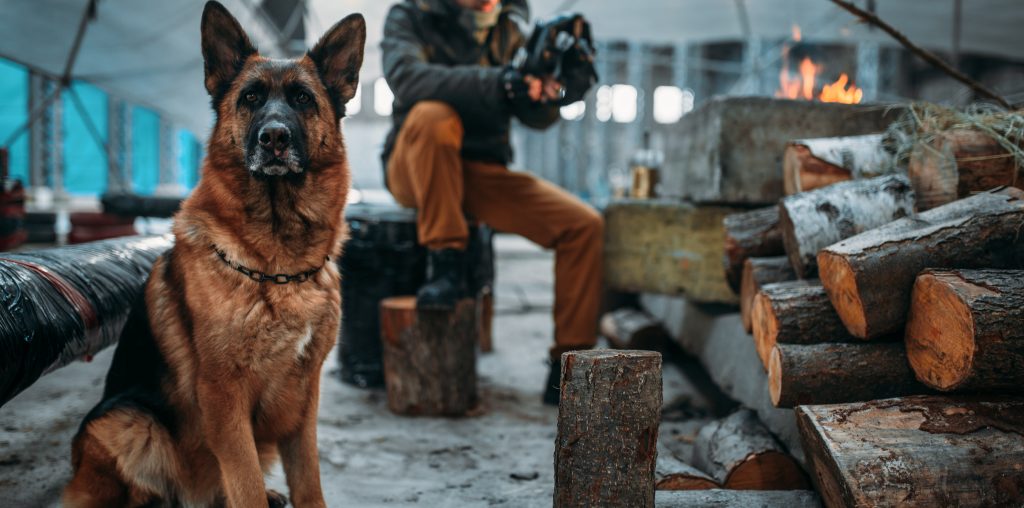Nuclear disasters are among the worst things that can happen. With mounting geopolitical tensions, anxiety is at an all-time high. Though it might seem as if it is near impossible to survive an attack, there are courses of action backed by scientific data you can take to tip the odds. Here are 11 things you can do to increase your chances of surviving a nuclear disaster: Let’s focus on a surface level nuclear detonation and power plant meltdown. Other possible nuclear disasters can include things like nuclear materials spilling in transport, and are not as intense of a threat.
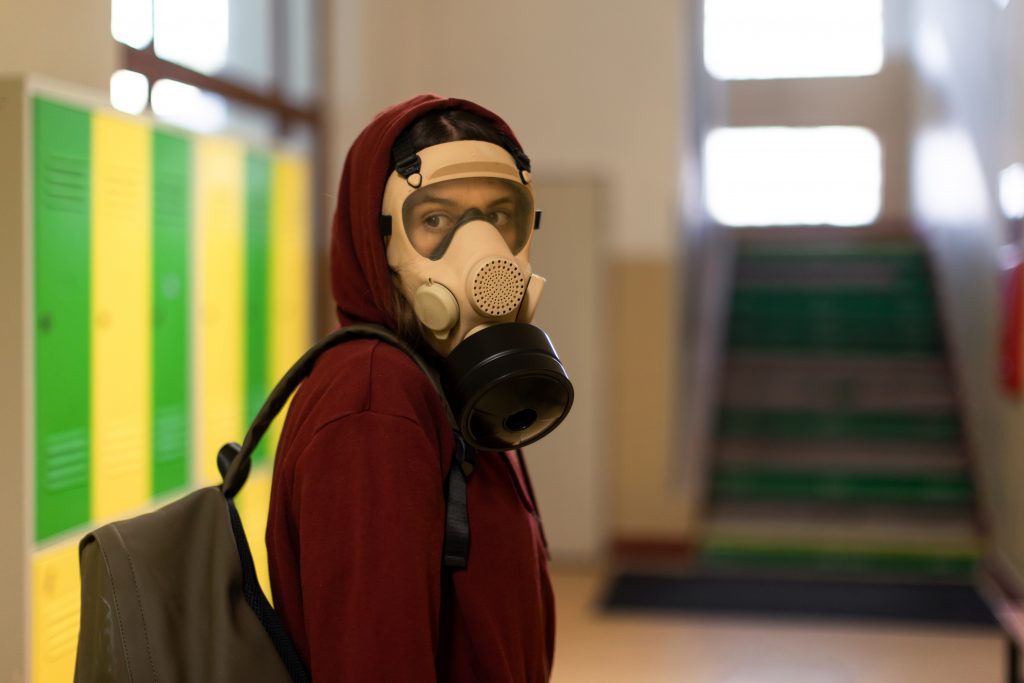
The easiest thing to do is evacuate. This is assuming that authorities are fast enough in dealing with and notifying the public of the crisis at hand. Portland created a series of evacuation plans back in the 50s. They were able to clear the downtown area in a simulation, and managed to do so under 5 minutes. 12 receiving areas were designated for the large influx of refugees. In total, 29,423 vehicles and 101,074 people in the urban core successfully evacuated. Current population densities add complications to executing this type of operation, so it is also essential for you to have an evacuation and shelter plan in place
This is probably among the most obvious steps to take. The great thing about it is you do not have to wait for an imminent attack or meltdown. Purchasing a hefty first-aid kit, potassium iodide, and antibiotics, rechargeable batteries and a means of charging them when power goes out (like a solar charger), radios, gas, and bottled water. Organizations like FEMA encourage you to make sure that the stock is good enough to sustain you and your family for at 72 hours at a minimum. Of course 4SHTF recommends stocking up for a much longer period, but keep in mind you may have to mobilize.
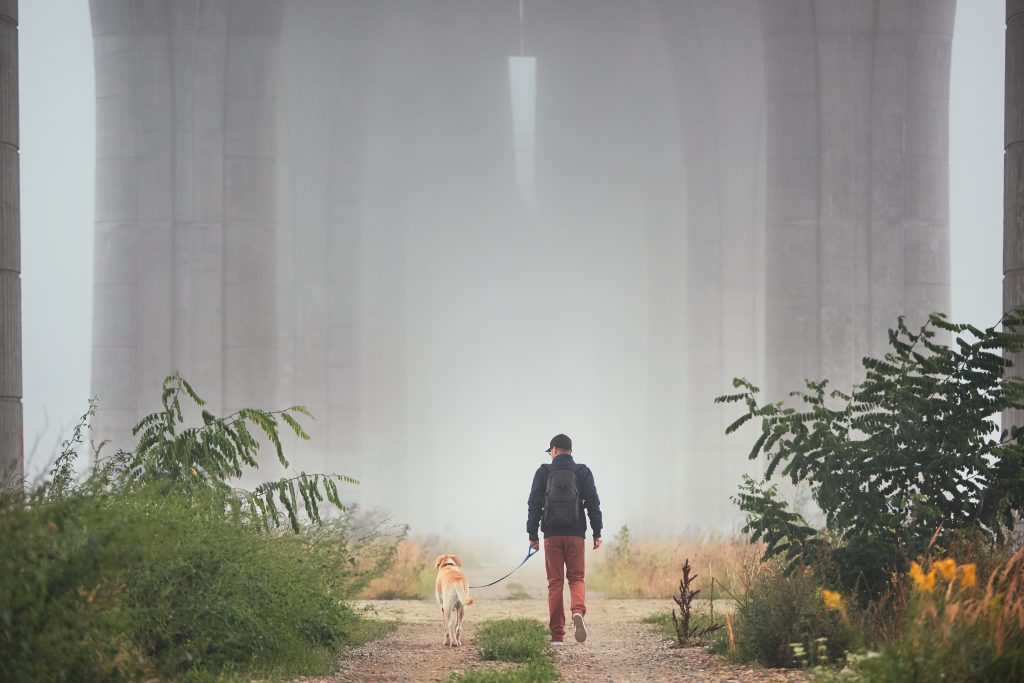
If the worst is realized and government has ceased to exist, evacuate to a predetermined site as quick as you can. Two days is all it takes for radiation levels to be bearable (1% will be all the remains of the irradiated particles by then). In case the situation makes it difficult for an exit, make sure stocks of everything aforementioned would be good for at least 2 weeks. This takes into account other variables such as weather conditions, wind direction, the possibility of other attacks and more.
You can estimate how much stock you need to pile-up based on the degree of geopolitical tensions at the present.
Aside from stock for staying indoors while waiting for the fallout to abate, setting-up bug-out bags for each member of your mutual aid group is ideal as well.
Of course, all the stockpiling would be useless if there was nothing to store it in. Building a shelter is a great way to not only store your stock but provides you with the necessary protection from the chaos brought about by a nuclear disaster. Modern blast shelters may set you back $150,000 though, so cost effective measures ought to be considered.
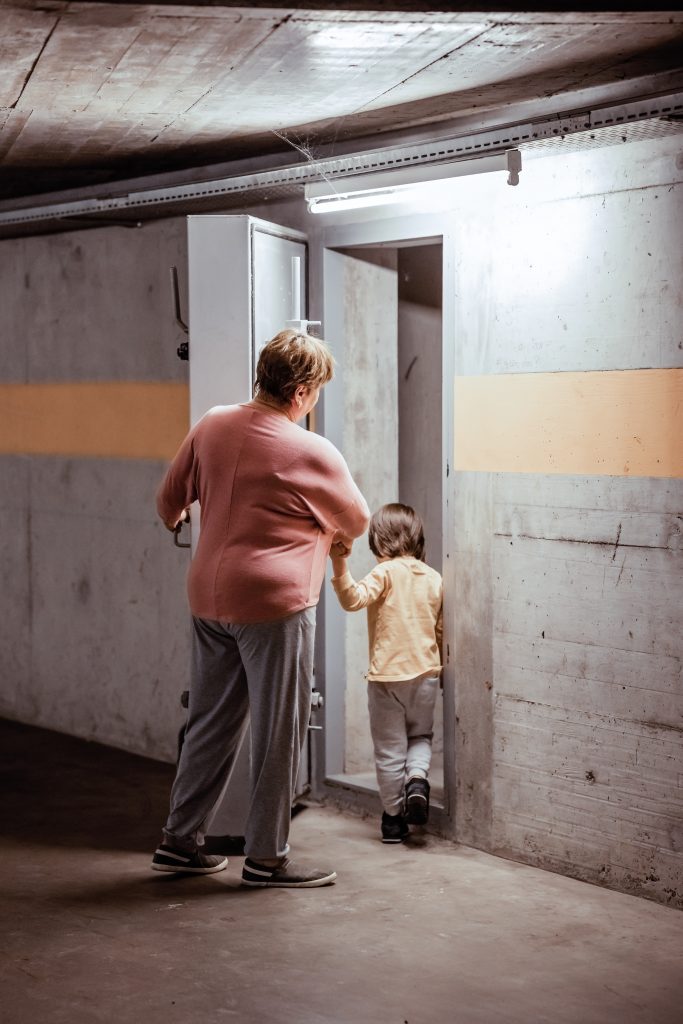
A concrete/brick basement with a reinforced ceiling might not 100% protect you from a blast, but it can protect you from radioactive fallout. If your basement has windows, seal it up good with duct tape and plastic. That makes your shelter as airtight as it can be, thus minimizing risks of contaminated air entering.
Another option is building an underground community/group shelter. That way, costs are split and maintenance would not be an issue. It is however paramount for people to be trusting of one another to build a community shelter. Labeling stocks, establishing written ground rules and command structure from day one would also inhibit theft or conflict.
Let us imagine a scenario where you do not have immediate access to your shelter and an attack just took place. The first thing that you need to do is get as far away as possible from the blast site and seek cover. Cover in this case can be anything that casts a shadow. Failure to do so will leave you suffering from major burns. Depending on the material that you take cover behind, you may not be completely protected. Try for a thick concrete and steel wall if possible.
Heat generated from nuclear blasts are also accompanied by a bright flash of light. Be it a flash or a full-on fireball, it is not advised for you to look into it (no matter how tempting it could be). Temporary or permanent blindness can result from doing so, and nothing is worse than navigating the chaos of a nuclear attack blind. The flash can last up to 30 seconds so until then, veer your eyes away!
If you have a considerable distance from ground zero and you have let the flash of light pass, do Vault Boy’s salute in the video game series Fallout. According to several sources, sticking-out your hand with you thumb up while orienting it to the blast gives you a measure of how much danger you are in. If your thumb covers the mushroom cloud, that means you have ample time to get to safety. If it is not the case Beat the Clock!
If by some luck you are still alive after the blast, you must get to your shelter immediately. In case you are not within range of your shelter and stock, you have to seek refuge. Experts estimate that shelter has to be sought within less than 5 minutes of an attack or a meltdown if you are within 1.5 miles of ground zero, lest you be exposed to lethal doses of radiation and flying debris.
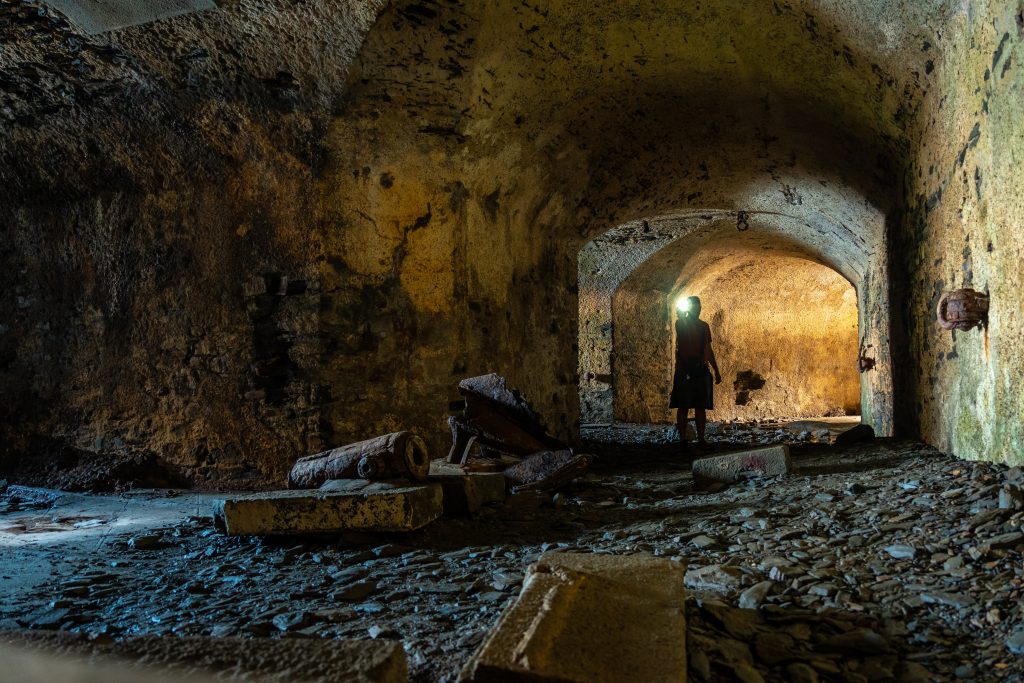
Looking for any robust structure (thick-walled, ideally made of concrete or brick with little to no windows) or a building with a concrete basement becomes top priority. This minimizes the risk of complications brought about by exposure to nuclear fallout. If such structures are not within reach in 5 minutes, go inside the middle and/or basement of any building/house available. Stay inside for at least 30 minutes before venturing outside looking for a better shelter. This reduces the amount of radiation exposure you would have to endure as opposed to wandering around aimlessly. Though there is a trade-off in the sense that you get more exposure due to inadequate shielding, this increases your chances of survival (and with it your chances of securing a better shelter) as opposed to gutting it out at the height of the fallout.
Keep it mind that your temporary shelter will most likely not have power. Read this further information on what to do in a dire situation without electricity. But what if there is no shelter at all within sight? Experts suggest staying low to the ground and covering your head with both arms to minimize risks of flying debris killing you. That is about the best chance you can survive rather than moving around aimlessly, absorbing all the irradiated particles coming your way in the process. Pay attention to wind direction and seek shelter if you are downwind from a blast, as radioactive material can be carried for considerable distances. Get naked and thoroughly scrub
Finding shelter does not end your misery. You have to ensure that it does not get contaminated. As such, discarding your clothes is necessary. Experiments have shown that removing the outer layer of your clothing eliminates 90% of radioactive contamination. It is ideal for clothes to be placed in a bag and buried. However, if time does not permit it, toss it as far away from your shelter as possible.

The remaining 10% can be eliminated through showering. This is not your run-of-the-mill shower though and would require you soaping-up every nook and cranny of your body. You hair has to be especially cleaned as it is a trap for radioactive fallout. That means even your brows and lashes have to be soaped, rinsed and wiped. To that end, do not use a conditioner! That would make radioactive particulates bind with your hair more. Lightly blow your nose too to eject irradiated particles in your nostrils. Tune in to the Radio
One of the things expected to happen in a nuclear attack is the loss of power due to an electromagnetic pulse (EMP). EMPs also render other modern, microchip-run devices unusable which means cellphones, laptops and most cars will likely not work properly or at all depending on your proximity to the blast. Read our article on EMP for more, but an EMP from a ground detonation will not travel far except in the case of long power transmission AC lines from the longer phases of the pulse. The only way information will be available to you (and your peers) is through the good old radio included in your stockpile.
A hand-crank radio is ideal as all it requires is some muscle grease to work. Other battery-operated radios might do, but rationing batteries becomes essential too. The radio will arm you with an informed decision of whether help is on the way or if it is safe to venture out. Either way, it will give you the information you need at the time you need it. rechargeable battery packs can be made for relatively low cost using lithium 18650 batteries, they provide a lot of life cycles and can be arranged in many configurations to provide the correct charging voltages.
In the event that you managed to survive the first three weeks, and it seems that no further attacks are imminent, get out of dodge! This becomes a priority especially in survivors dwelling in the city. Cities are more likely to be attacked in a nuclear war for two reasons: 1) Cities are densely populated so the damage would be severe. 2) Cities normally house infrastructure that make modern conveniences possible, thus targeting cities would cripple responses towards safety as well as retaliation. Living near large military or government establishments also increases your risk of being a target of nuclear attack.
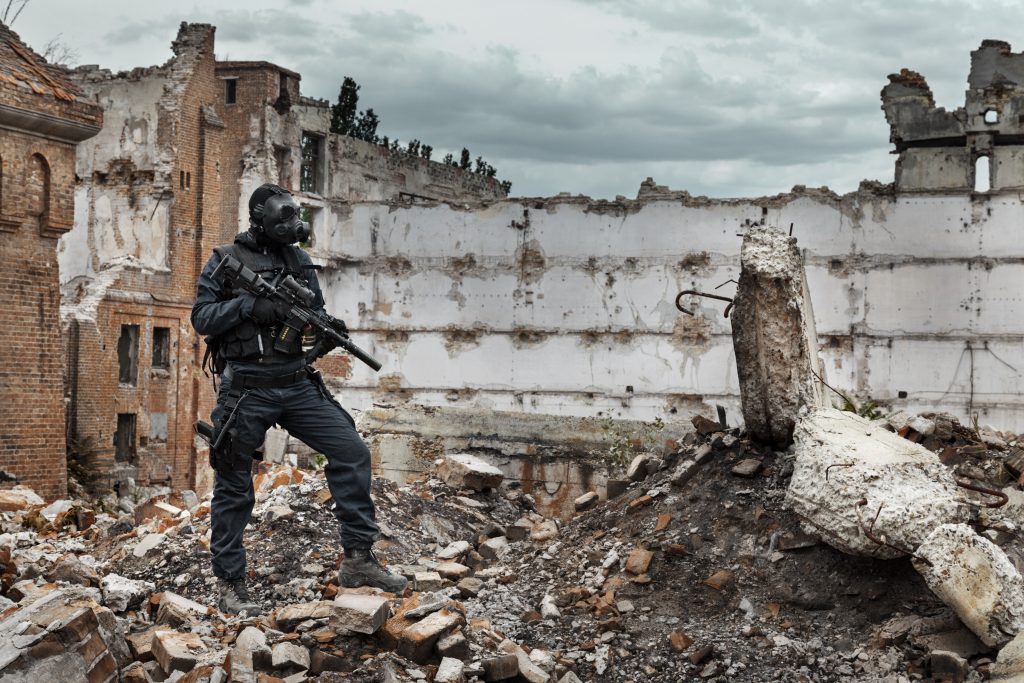
In the post-apocalyptic scenario, the city would be the worst place to be as well as it becomes a cesspit of disease and hunger, and the population density ensures rapid resource scarcity and desperation driven violence. The nuclear strike would likely make the land barren and the thousands of rotting bodies that died from fallout instead of being vaporized in the blast invite all sorts of sicknesses. Once you have a plan to get out of the city, aim to go to areas where farming may be feasible. Keep in mind that rural folk might get territorial and shoot you if you just intrude. It is advisable to scout a good place in advance, tucked away for when you might need it.
Look for a functioning vehicle as this may entail long distances. Of course 4SHTF recommends outfitting a bug-out vehicle well in advance of any sort of catastrophe. Look for a source of potable water
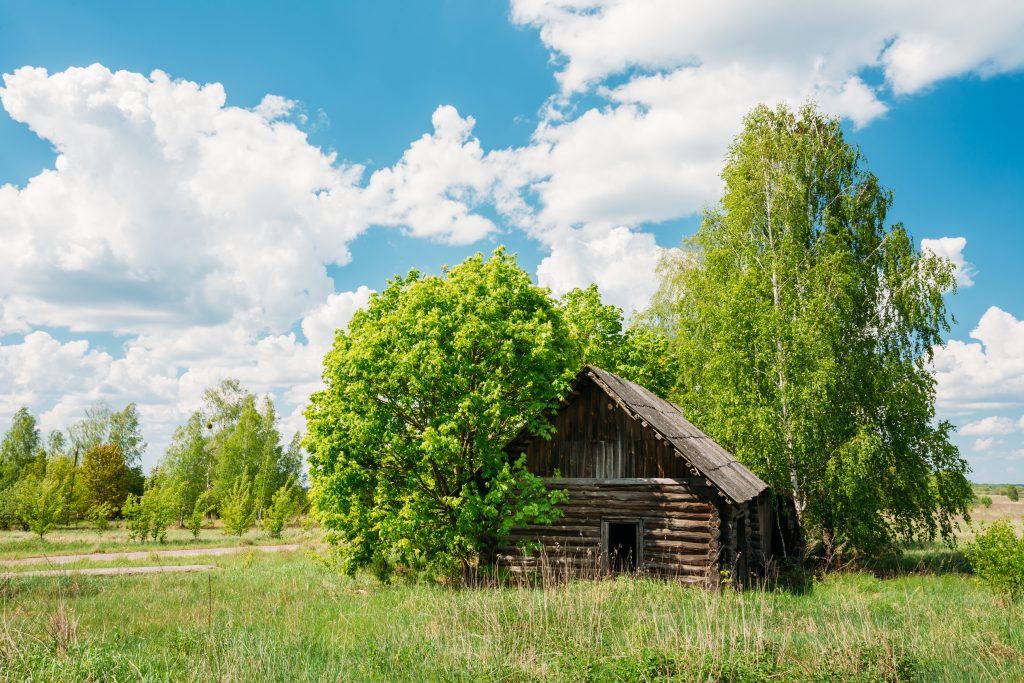
Finding arable land and a good dwelling place would be useless without potable water. Aside from ensuring the capacity for farming, it also extends your chances of survival exponentially. Dehydration is the last thing that you would want to experience in this scenario, so it is essential to secure potable water immediately. If drinking water is of immediate concern, the safest water to drink near ground zero immediately following a blast or meltdown can be extracted from hot water heaters and toilet tanks (not from the bowl). The farther away from ground zero the water source is, the better. Distillation can remove hazardous particles as well and is a good skill to learn. Scavenge for Food and Medicine
If you have not prepared to bug-in for months and need supplies, supermarkets, groceries and pharmacies that have not been fully pillaged yet are a dangerous but possibly necessary source of resources, grab what you can, but don’t stop moving. If you managed to prepare (which is how it is supposed to be), try and add more to your cache anyway. Non-perishables like canned-goods and cereals are best. Studies have also shown that alcohol, specifically beer, is safe to consume in the event of a nuclear apocalypse. Aside from a temporary escape, clear alcohol can be used for disinfecting wounds, and preserving meats. Alcohol can be used to cook with as well but keep in mind, even 100 percent pure ethanol will not ignite if the liquid is 55 degrees F or lower. For pharmacies, it is important to prioritize potassium iodide, antibiotics and disinfectants. Scavenge for Other Tools
Once you have secured food and medicine, the next few things you have to scavenge for are tools you might be able to use. Aside from the usual menu of junkyards and hardware shops, one usually overlooked scavenging location are golf courses. Golf courses are often secluded, tucked far away from city centers which makes it a less likely target for a hit. Golf carts have rechargeable batteries which are priceless in times of crisis. Alternators (which can be found at any respectable golf course motor pool) can be used to recharge batteries.It is also likely to find backup generators in the clubhouse as well as clothing, fuel, flares and a host of other things. Raid the pantry for additional food as well. Keep in mind anything exposed to open air might be contaminated and should be avoided.
If you take the hardware store route, make sure to get materials for a wind turbine or a solar panel if available. Road work signs are also treasure troves of electronic parts you can use for a makeshift generator, but they run the risk of being contaminated. Tools like screwdrivers (flat-heads are preferred), wrenches, hammers and others can be used for both repairs and self-defense (as secondary options to firearms of course).
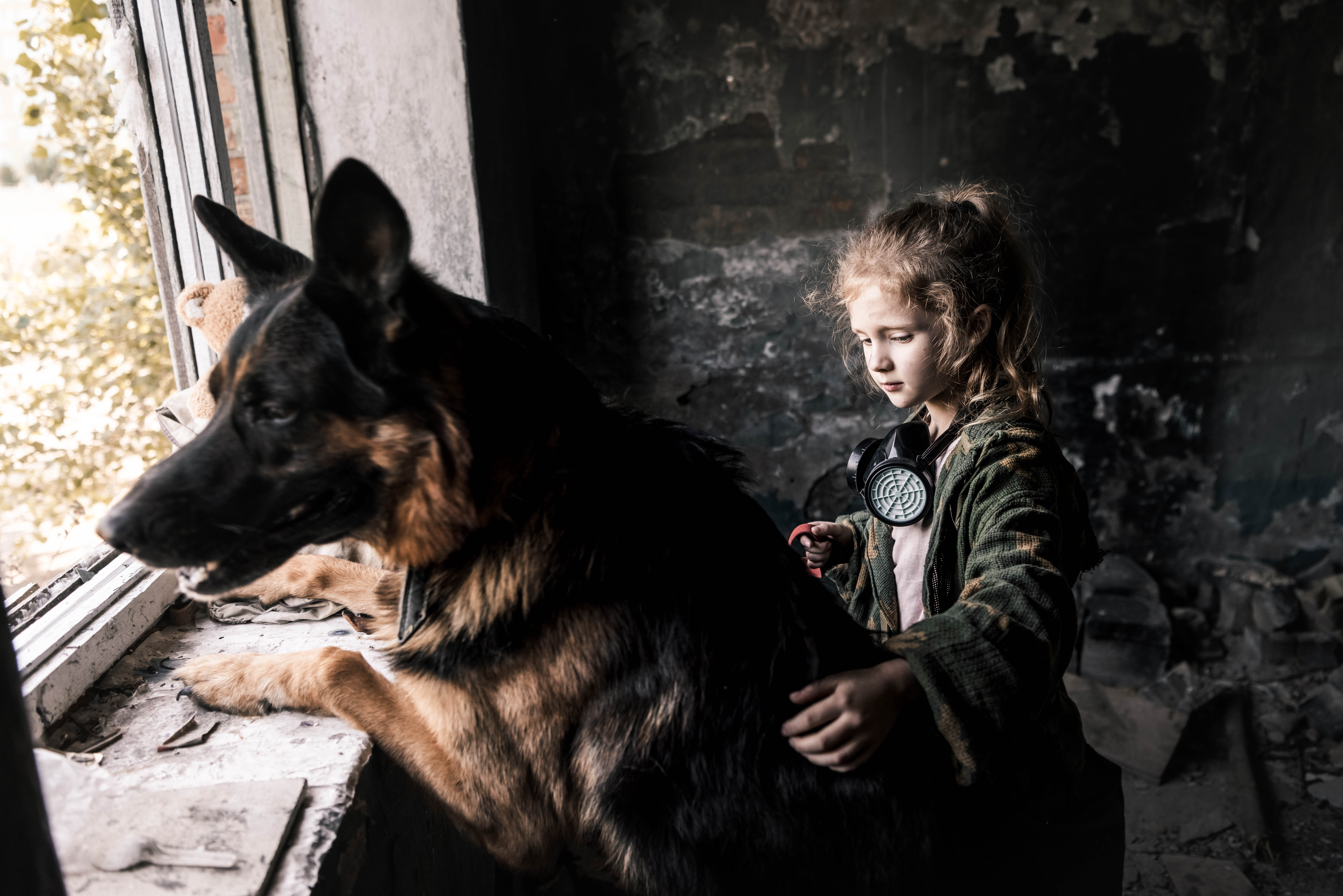
I hope a nuclear disaster never impacts any of my readers, but if it does, I hope this list has given you information to help you be better prepared. Like and share our content on social media. And join our Facebook group to network with others.
